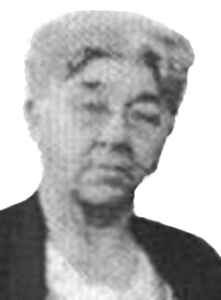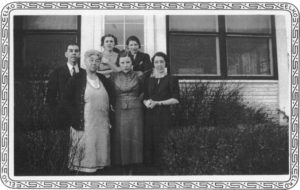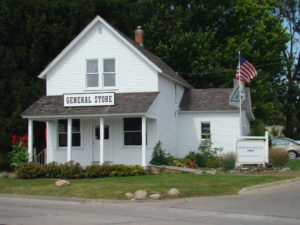by: Mildred Swanson
You have been gone for a decade now, Uncle Ben, but you are among my earliest memories, and those memories are a bit of lagniappe bequeathed me, the spicy ingredient that has flavored my life.
I was fairly young when you left us, Uncle Ben. To know what you meant to me — too young, in fact, to realize you wouldn’t always be around. You loved your “white folks,” as you called us, and we loved you. I was so young that I thought things would always go on just the same.
Looking back, I see how you and the memories built around you have enriched our lives all the way through. Do you know this, Uncle Ben? I want to tell you, and I think you hear me. I believe hearts in tune never cease to communicate.
You were what the world calls illiterate, for black boys had little opportunity for an education when you were growing up. You had no book learning, but you possessed an innate wisdom common to your race and time. It was you who imparted to me the knowledge that many folks fritter away their time and worry about things that don’t mean anything at all.
You gave the lie to the Crow Sibbie that my mother used, to make me be quiet and good. That Crow Sibbie was a horrible, monstrous, cat-like creature with eyes like fire and a blood-red tongue. It crept in at night after I was in bed and the lights were out. It stood on its hind legs and leered at me and threatened to lunge down on me with those terrible long sharp claws.
But the Crow Sibbie stopped coming when I stopped expecting it, and it was you, Uncle Ben, who made me stop believing it it by telling me that Crow Sibbie was just something mother made up by persuading me “that Crow Sibbie ain’t nothing a tall.”
I believed you, Uncle Ben. How could I do anything but have the utmost confidence in one who showed so much affection and even took time to answer my questions when others shoved my away with, “You’re too young to understand — run along now.”
Your honesty and simplicity were as sparkling as a bubbling spring and as refreshing.
You still live in our hearts, Uncle Ben. You always will as long as our hearts shall beat.
What is there left to say?
One thing more. Thank you, Uncle Ben.


